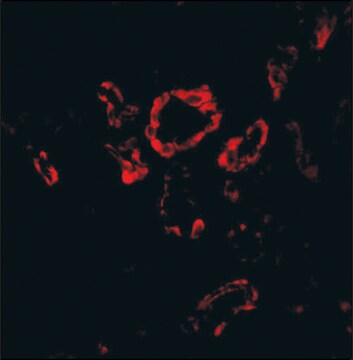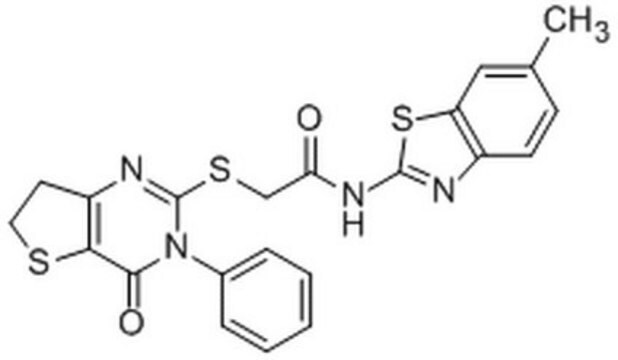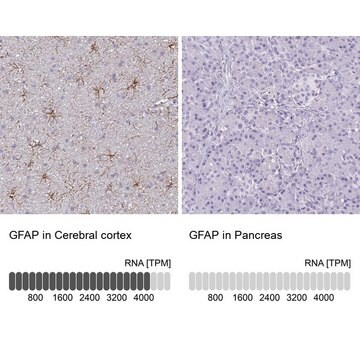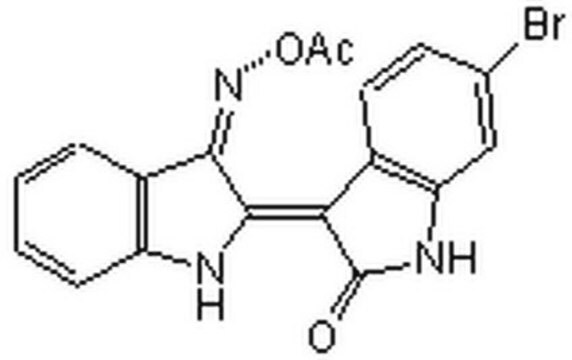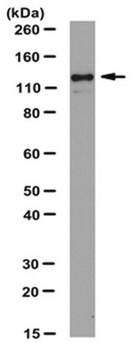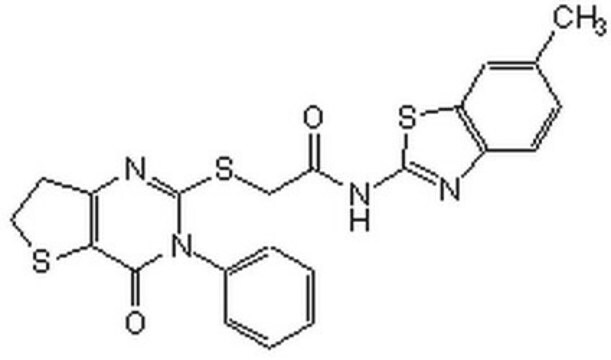ABE993
Anti-SLUG (SNAI2)
from rabbit
Sinónimos:
Zinc finger protein SNAI2, Neural crest transcription factor Slug, Protein snail homolog 2
About This Item
Productos recomendados
origen biológico
rabbit
Nivel de calidad
forma del anticuerpo
affinity isolated antibody
tipo de anticuerpo
primary antibodies
clon
polyclonal
reactividad de especies
human
reactividad de especies (predicha por homología)
rat (based on 100% sequence homology), canine (based on 100% sequence homology), sheep (based on 100% sequence homology), bovine (based on 100% sequence homology), porcine (based on 100% sequence homology)
técnicas
immunohistochemistry: suitable (paraffin)
western blot: suitable
isotipo
IgG
Nº de acceso NCBI
Nº de acceso UniProt
Condiciones de envío
ambient
modificación del objetivo postraduccional
unmodified
Información sobre el gen
human ... SNAI2(6591)
Descripción general
Especificidad
Inmunógeno
Aplicación
Epigenetics & Nuclear Function
Calidad
Western Blotting Analysis: 2 µg/mL of this antibody detected SLUG (SNAI2) in 10 µg of HepG2 cell lysate.
Descripción de destino
Forma física
Almacenamiento y estabilidad
Otras notas
Cláusula de descargo de responsabilidad
¿No encuentra el producto adecuado?
Pruebe nuestro Herramienta de selección de productos.
Certificados de análisis (COA)
Busque Certificados de análisis (COA) introduciendo el número de lote del producto. Los números de lote se encuentran en la etiqueta del producto después de las palabras «Lot» o «Batch»
¿Ya tiene este producto?
Encuentre la documentación para los productos que ha comprado recientemente en la Biblioteca de documentos.
Nuestro equipo de científicos tiene experiencia en todas las áreas de investigación: Ciencias de la vida, Ciencia de los materiales, Síntesis química, Cromatografía, Analítica y muchas otras.
Póngase en contacto con el Servicio técnico